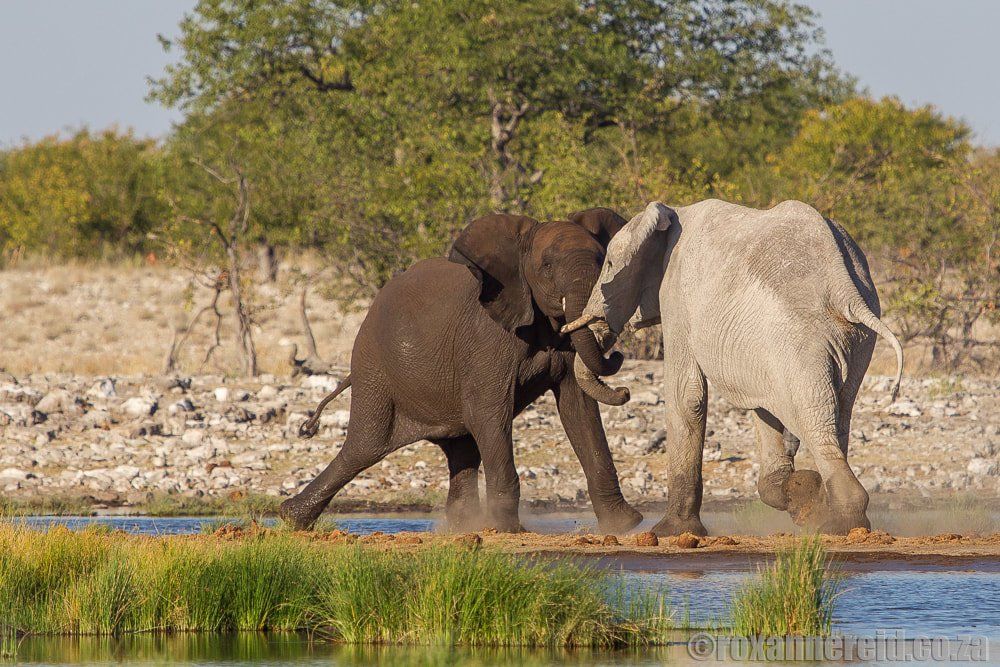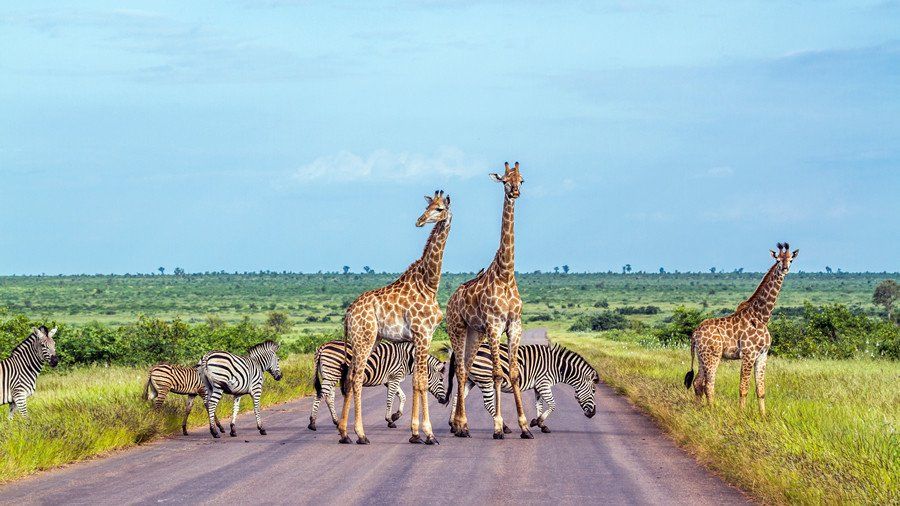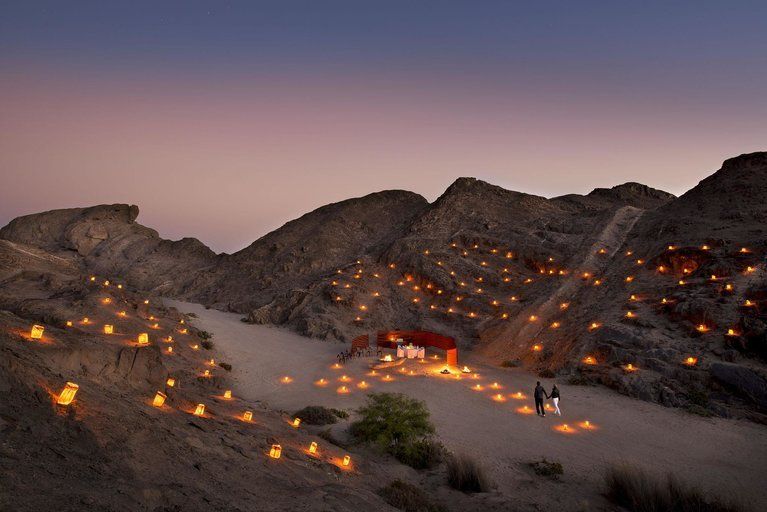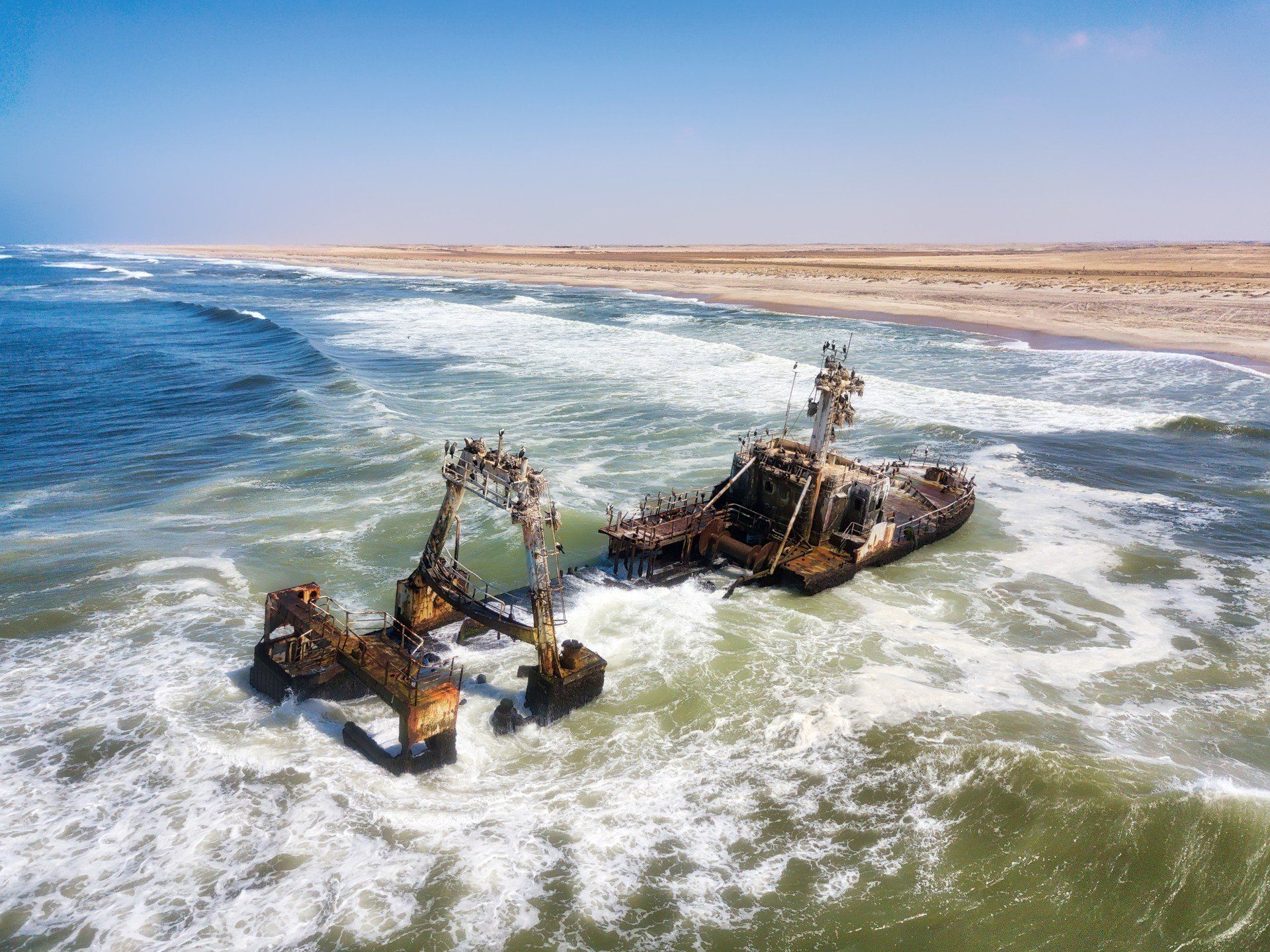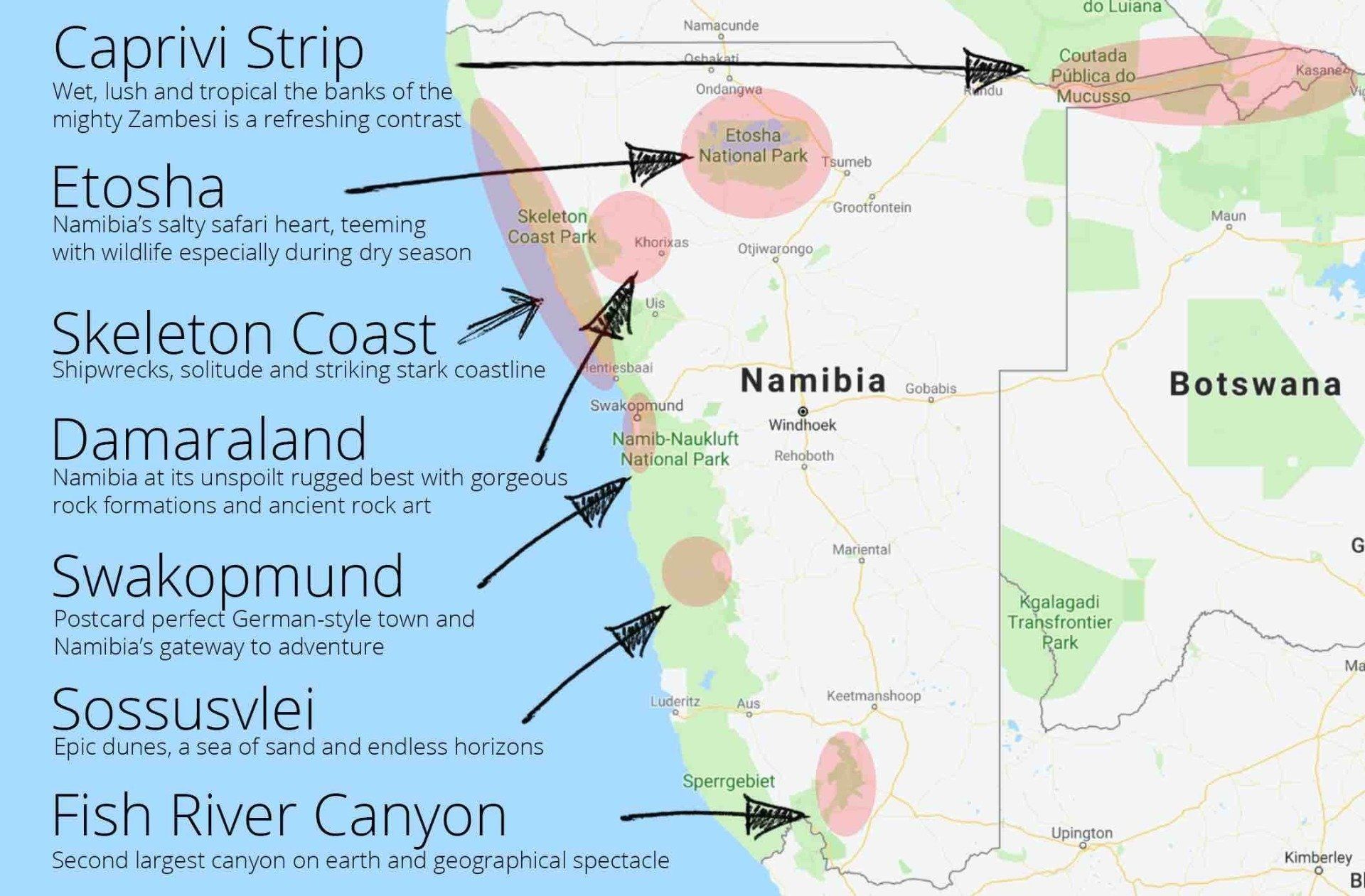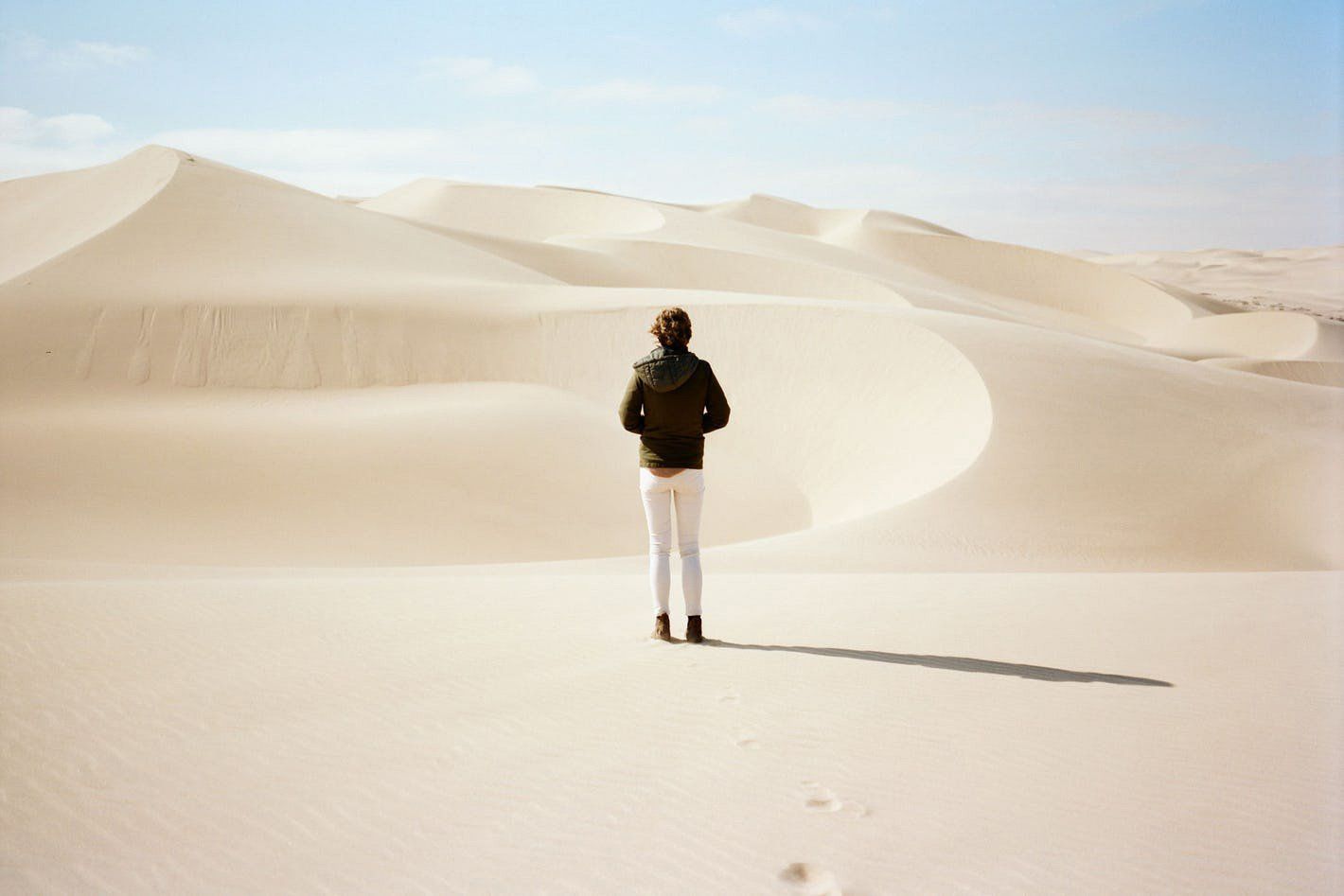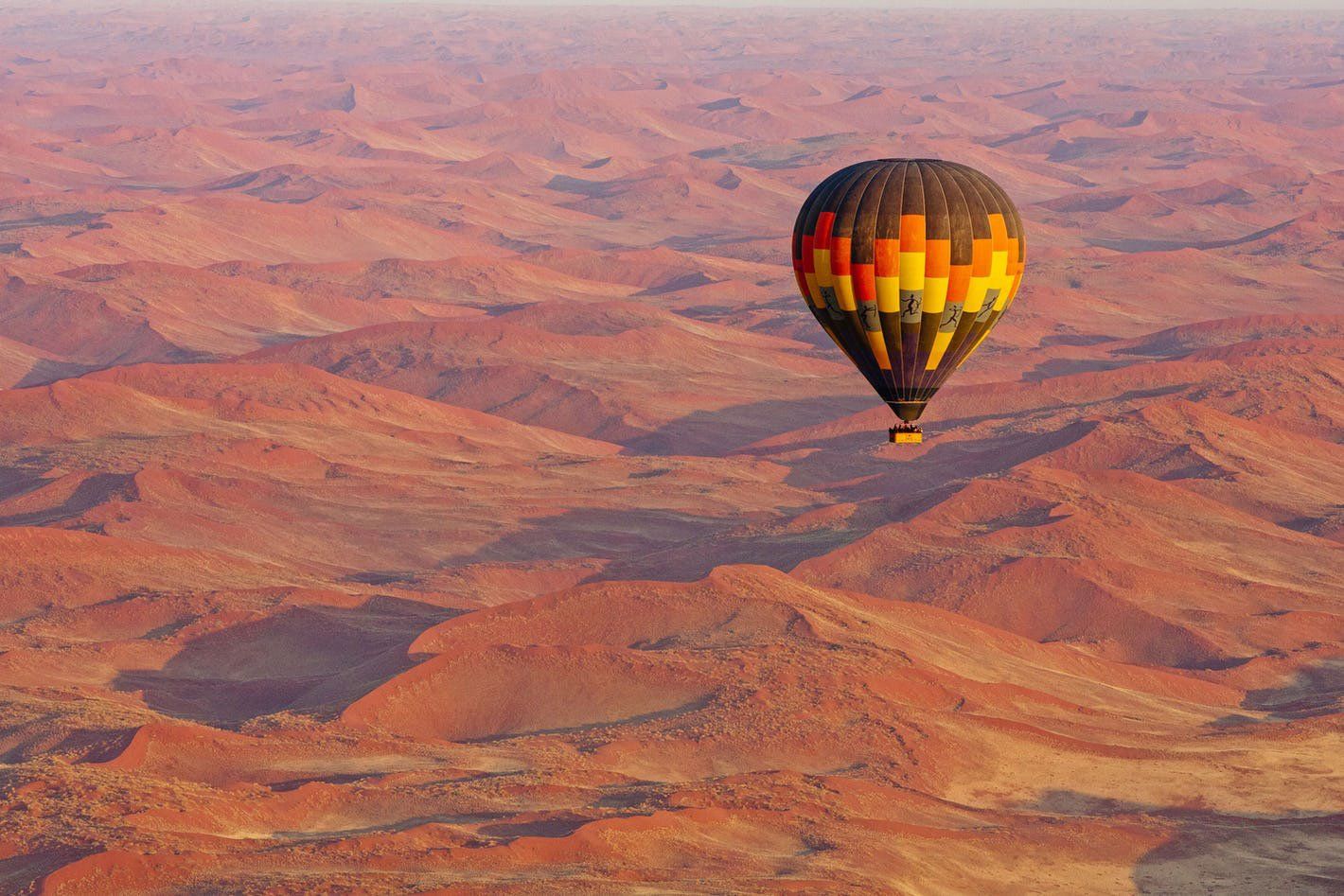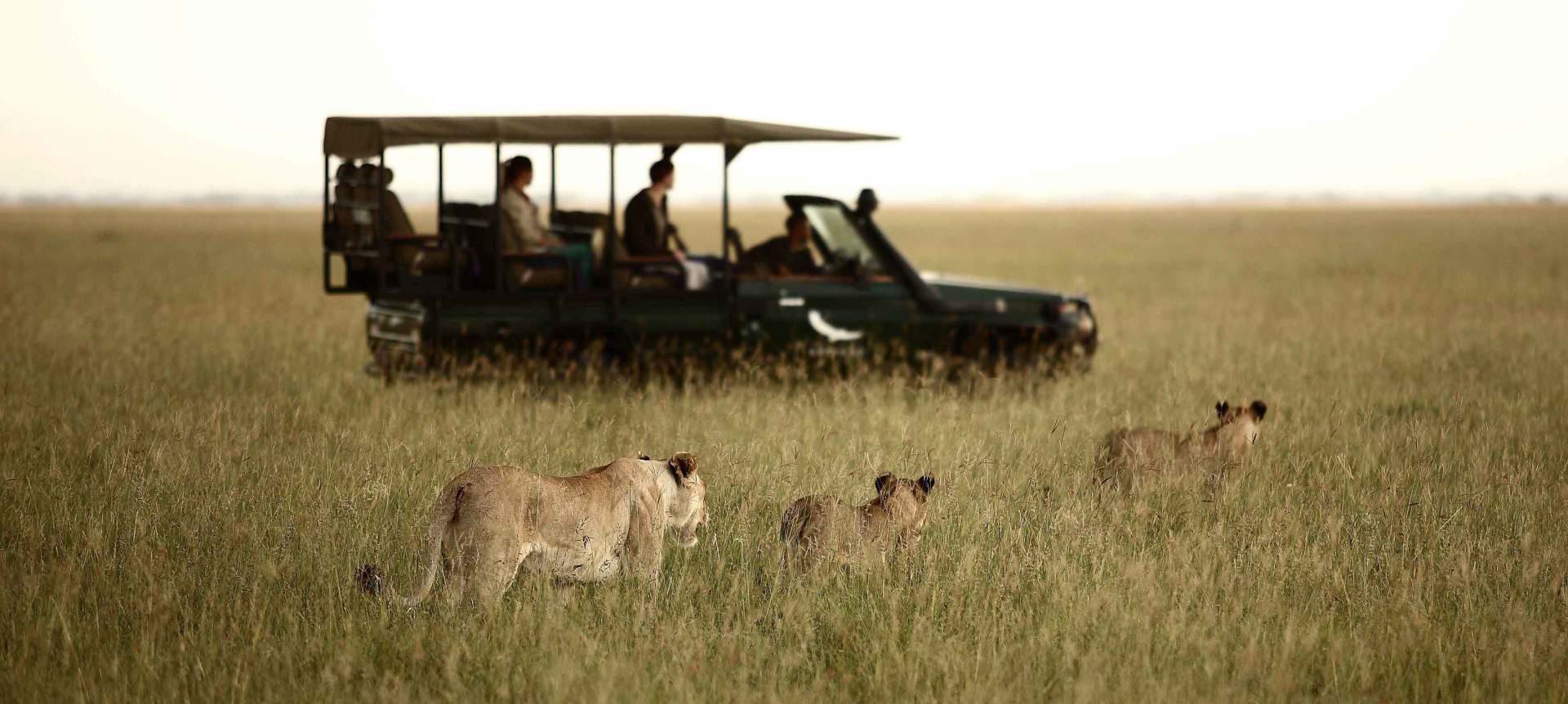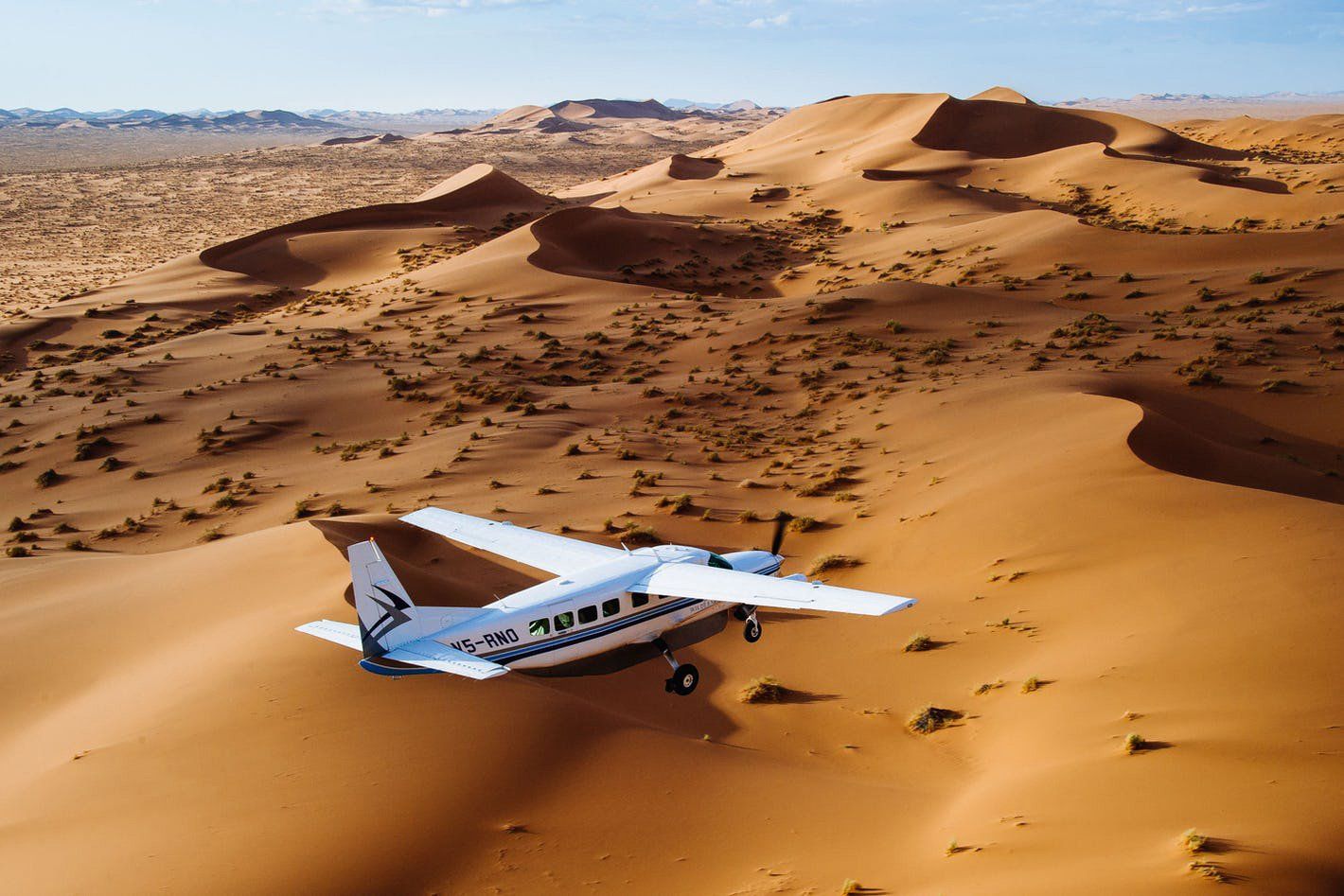Winter (June to September): The best time to visit Etosha National Park is during winter. While the nights do get very cold, you can enjoy sunny warm days with day temperatures averaging around 26°C / 78°F. and rain is extremely rare. This is also the best season for game-viewing as due to water scarcity, animals have to stay closer to the waterholes. And with the heat being much more bearable, animals are much more active than in summer, when they only look for shade.
Spring( September-November) and Autumn ( April – May): The in-between seasons are also a very pleasant time to go to Etosha. The evenings and nights get warmer, and daytime temperatures climb to about 30°C / 85°F and up to 35°C/ 95°F in October and beginning of November. Autumn is still green and lush after the summer rains. Spring on the other hand is dry and yellow, and the grass turns golden, transforming Etosha’s grasslands into quintessential African savannah.
Summer (December to March), Summer is the rainy season in Etosha. Rain falls in short powerful storms allowing plenty of game viewing and photographic activities before and afterwards, and won’t upend your game-viewing plans too much.
However, the heat is at its peak, with temperatures up to and beyond a scorching 40°C / 105°F being very common. Animals are as affected by the heat as we are and will search for shade and cover, making them harder to spot. Due to the easy access to water, they are also freer in their movements and can venture much further away from waterholes, which in turn does make getting good sightings more challenging.
Considering that many accommodation options do not have any air-con, the heat should not be underestimated even by those loving the sun!





